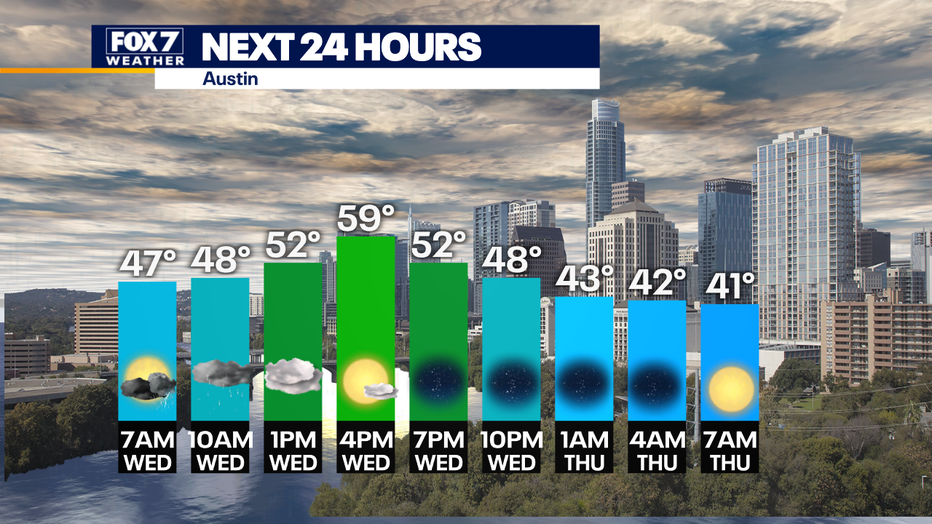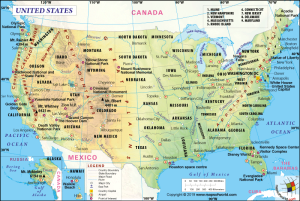Austin, the capital of Texas, is known for its vibrant culture, live music scene, and bustling tech industry. However, one aspect that residents and visitors alike must always be aware of is the city’s unpredictable weather. Whether you’re planning a weekend getaway, organizing an outdoor event, or simply navigating your daily routine, understanding the weather patterns in Austin can make all the difference.
In this comprehensive guide, we’ll explore everything you need to know about the weather in Austin, from seasonal trends to tips for staying prepared. Whether you’re a long-time resident or a first-time visitor, this article will equip you with the knowledge to enjoy the city’s many offerings, no matter what the sky has in store.

Understanding Austin’s Climate

Austin experiences a humid subtropical climate, characterized by hot summers, mild winters, and a high chance of precipitation throughout the year. The city lies in a region prone to sudden weather changes, making it essential to stay informed about local forecasts.
Summer (June to August):
The peak of summer in Austin brings sweltering heat, with temperatures often exceeding 90°F (32°C). Humidity levels are high, and thunderstorms are common, especially in the late afternoon or evening. Residents should be prepared for sudden downpours and strong winds during this time.
Winter (December to February):
Winters in Austin are relatively mild compared to other parts of the country, with average high temperatures ranging from 50°F to 60°F (10°C to 15°C). While snow is rare, cold fronts can bring a noticeable drop in temperature, along with occasional rain or hail.
Spring and Fall:
These transitional seasons offer more moderate temperatures and are generally considered the most pleasant times to visit Austin. Spring (March to May) can bring sudden temperature swings and the possibility of severe weather, while fall (September to November) tends to be drier and cooler.
Key Weather Patterns and Events
Austin is no stranger to extreme weather events, some of which have made national headlines in recent years. Here are a few key weather phenomena that residents and visitors should be aware of:
- Thunderstorms: Austin is part of the “Texas Tornado Alley,” and summer months often see a surge in thunderstorms. These storms can bring heavy rain, lightning, and even tornadoes.
- Heat Waves: Prolonged periods of high temperatures are common in the summer, leading to increased energy use and health risks, especially for vulnerable populations.
- Floods: Due to its location near rivers like the Colorado River, Austin is susceptible to flooding, particularly after heavy rainfall. Residents should monitor flood advisories and avoid low-lying areas during severe weather.
How to Stay Informed

Staying up-to-date with the latest weather information is crucial for safety and planning. Here are some reliable sources to keep you informed:
- National Weather Service (NWS): The NWS provides accurate and timely weather forecasts, including severe weather alerts. Their website and mobile app are excellent tools for real-time updates.
- Local News Stations: Channels like KXAN and KVUE offer detailed weather coverage, including live radar, forecasts, and community alerts.
- Weather Apps: Apps like Weather.com, AccuWeather, and the NWS app provide personalized forecasts and push notifications for severe weather.
Tips for Preparing for Austin’s Weather
Whether you’re a lifelong resident or visiting for the first time, being prepared for Austin’s weather can help you avoid unnecessary stress and ensure a smooth experience. Here are some practical tips:
1. Dress Appropriately
- In the summer, wear lightweight, breathable clothing and apply sunscreen regularly.
- In the winter, layer up with warm jackets and accessories to stay comfortable in cooler temperatures.
2. Stay Hydrated
- High temperatures and humidity can lead to dehydration. Always carry a water bottle, especially if you’re spending time outdoors.
3. Be Ready for Sudden Changes
- Keep an emergency kit in your car with essentials like a flashlight, extra batteries, and a first-aid kit.
- Check the weather forecast before heading out, especially if you’re planning to be outside for extended periods.
4. Know Your Evacuation Routes
- If you live in a flood-prone area, familiarize yourself with local evacuation routes and emergency shelters.
Austin’s Weather and Its Impact on Daily Life

The weather in Austin not only affects how people dress or plan their day but also influences various aspects of life in the city. From agriculture to tourism, weather patterns play a significant role in shaping the local economy and culture.
- Agriculture: Farmers in the surrounding areas rely heavily on consistent weather patterns for crop growth. Unpredictable weather can impact harvests and food production.
- Tourism: Austin’s outdoor attractions, such as Lady Bird Lake and Zilker Park, are popular destinations. However, severe weather can temporarily close these areas, affecting tourism revenue.
- Events and Festivals: Major events like South by Southwest (SXSW) and the Austin City Limits Music Festival are planned with weather considerations in mind. Organizers often have backup plans for inclement weather.
The Future of Weather in Austin
As climate change continues to affect global weather patterns, it’s important to consider how Austin might experience changes in the future. Studies suggest that rising temperatures could lead to longer and more intense heat waves, while changes in precipitation patterns may increase the risk of both droughts and floods.
Local authorities and environmental organizations are working to develop strategies to mitigate the effects of climate change. This includes improving infrastructure to handle extreme weather, promoting sustainable practices, and raising awareness about the importance of environmental stewardship.
Conclusion
Understanding the weather in Austin is essential for anyone living in or visiting the city. From the scorching summer heat to the occasional winter chill, the city’s climate is as dynamic as its culture. By staying informed and prepared, residents and visitors can fully enjoy all that Austin has to offer, regardless of what the skies have in store.
Whether you’re planning a trip, starting a new job, or simply looking to navigate daily life, knowing the weather in Austin can help you make smarter decisions and stay safe.
Author: Emily Thompson
Title/Role: Environmental and Lifestyle Journalist
Credentials: With over a decade of experience covering urban development, climate change, and community engagement, Emily Thompson has written extensively on the intersection of weather and daily life in major U.S. cities. Her work has been featured in The Austin Chronicle, Texas Monthly, and Environmental Insights Today.
Profile Link: https://www.emilythompsonjournalism.com
Sources:
1. National Weather Service – Austin Forecast
2. City of Austin Climate Action Plan
3. Texas State Climatologist Office
Related Articles:
1. How to Survive a Heatwave in Texas
2. Austin’s Best Outdoor Activities Year-Round
3. The Impact of Climate Change on Texas Cities
CTA: Stay updated with the latest weather news and tips for living in Austin. Explore our full guide to weather preparedness today!











More Stories
Exploring Vine On Main in Jacksonville, Texas: A Local Destination Guide
US Trending News: Washington vs Illinois: Key Differences and Comparisons
US Trending News: What’s the Weather Like in San Antonio? Current Conditions and Forecast